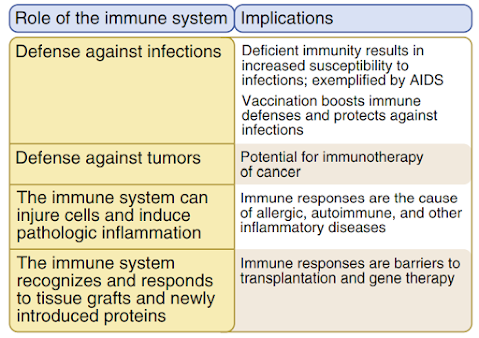cardiovascular subspecialities , how many is enough.!!!!
PITFALLS IN THE CARDIOVASCULAR SYSTEM
There have been remarkable improvements in the field of technology and it has left its masks in the medical area too
There have been too many advancements in the medical field itself too. the advancing medicine has lead to the emerging of way too many subspecialties in many fields. Those subspecialties provide us with a deeper knowledge of the specified field and thus more and more effective treatment can be given.
The subspecialties have been giving us better knowledge and treatment opportunities but there are some pitfalls that we cannot neglect.
In the case of cardiology, there are many subspecialties
Subspecialties of the cardiology field include
1. cardiac electrophysiology
2. echocardiography
3. interventional cardiology
4. nuclear cardiology.
There are a few reasons that the increase in the number of
subspecialties in the cardiovascular field has lead to some consequences. They
are as follows-
1.
There are many cases in which the cardiac
diseases are caused by non-cardiac symptoms and those are not addressed by a
cardiologist and often can be missed.
For
example, the presence of mitral stenosis, patent foramen ovale, and/or
transient atrial arrhythmia should be considered in a patient with stroke, or
the presence of pulmonary hypertension and cor pulmonale should be considered
in a patient with scleroderma or Raynaud’s syndrome.
This diagnosis can be missed by a non-cardiologist.
A
cardiovascular examination should be carried out to identify and estimate the severity of the cardiovascular involvement that accompanies many noncardiac
disorders. But due to many subspecialties present the severity of the
cardiovascular involvement in non-cardiac disorders gets overlooked.
2.
The cardiologist can sometimes the systemic
cause of a cardiac disorder. In the case of unexplained heart failure in an elderly
patient or atrial fibrillation can be caused by hyperthyroidism.
Unexplained pericardial effusion can be
caused due to the presence of early TB or a neoplasm.
3.
Overreliance on and overutilization of
laboratory tests, particularly invasive techniques, for the evaluation of the
cardiovascular system. Like coronary arteriogram and coronary catheterization.
Although a great deal of attention has been
directed to these examinations, it is important to recognize that they serve to
supplement, not supplant, a careful examination carried out with clinical and
noninvasive techniques.
Coronary arteriography may establish
whether the coronary arteries are obstructed and to what extent, the results of
the procedure by themselves often do not provide a definitive answer to the
question of whether a patient’s complaint of chest discomfort is attributable
to coronary atherosclerosis and whether or not revascularization is indicated.
4.
The laboratory tests are invasive and might
cause the patient discomfort even if they have few side effects. Those can
cause the patient and the hospital substantial cost. And might put a strain on
the medical facilities.
CONCLUSION
Too much of anything
is bad and we must see the body as a whole and put our knowledge in assessing the whole situation thinking about all the
possible causes.
We should also do advanced procedures only if they are to
give results that are expected to modify patient management.
As always stay safe and healthy and informed...😊
P.S comment on your views



Comments
Post a Comment